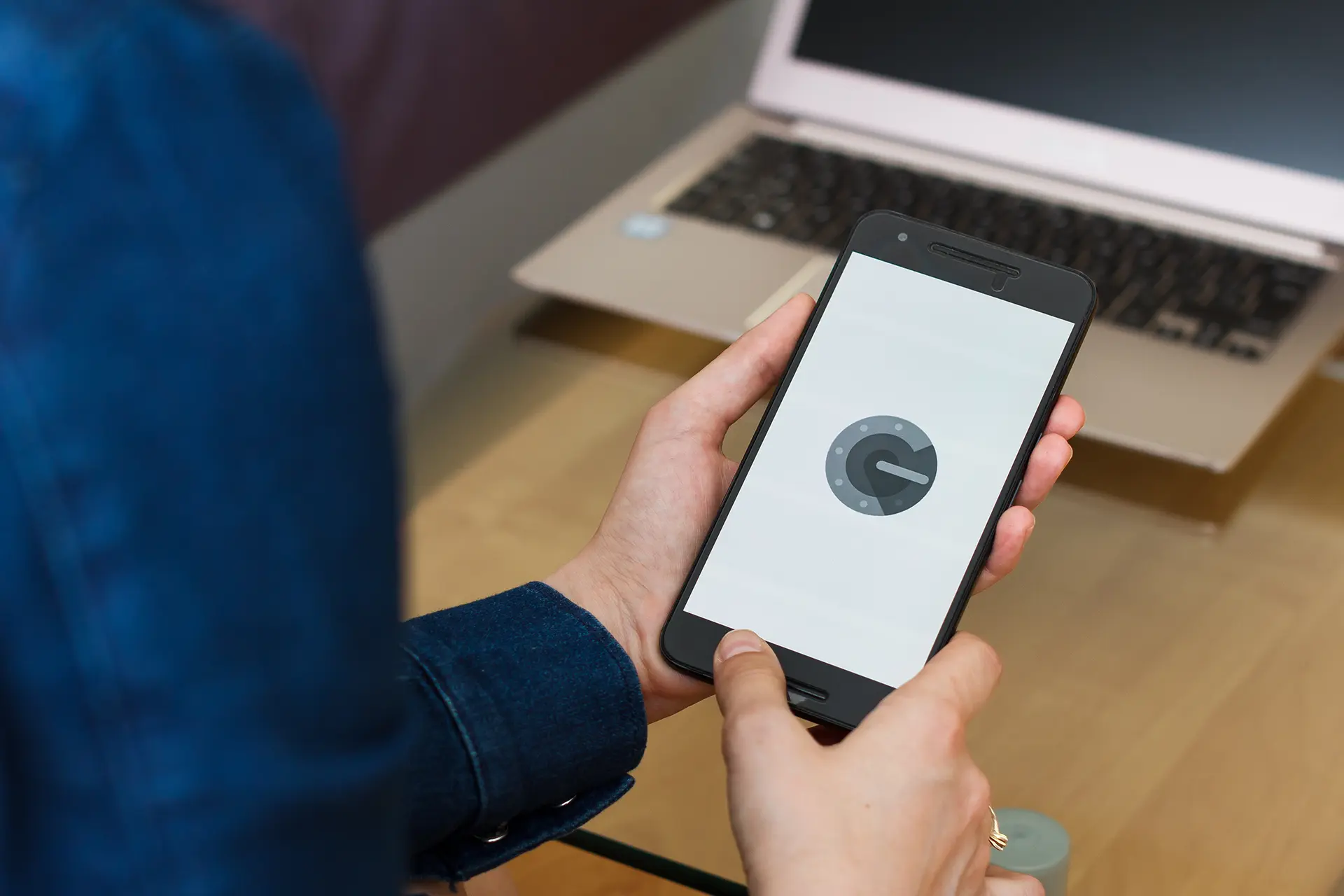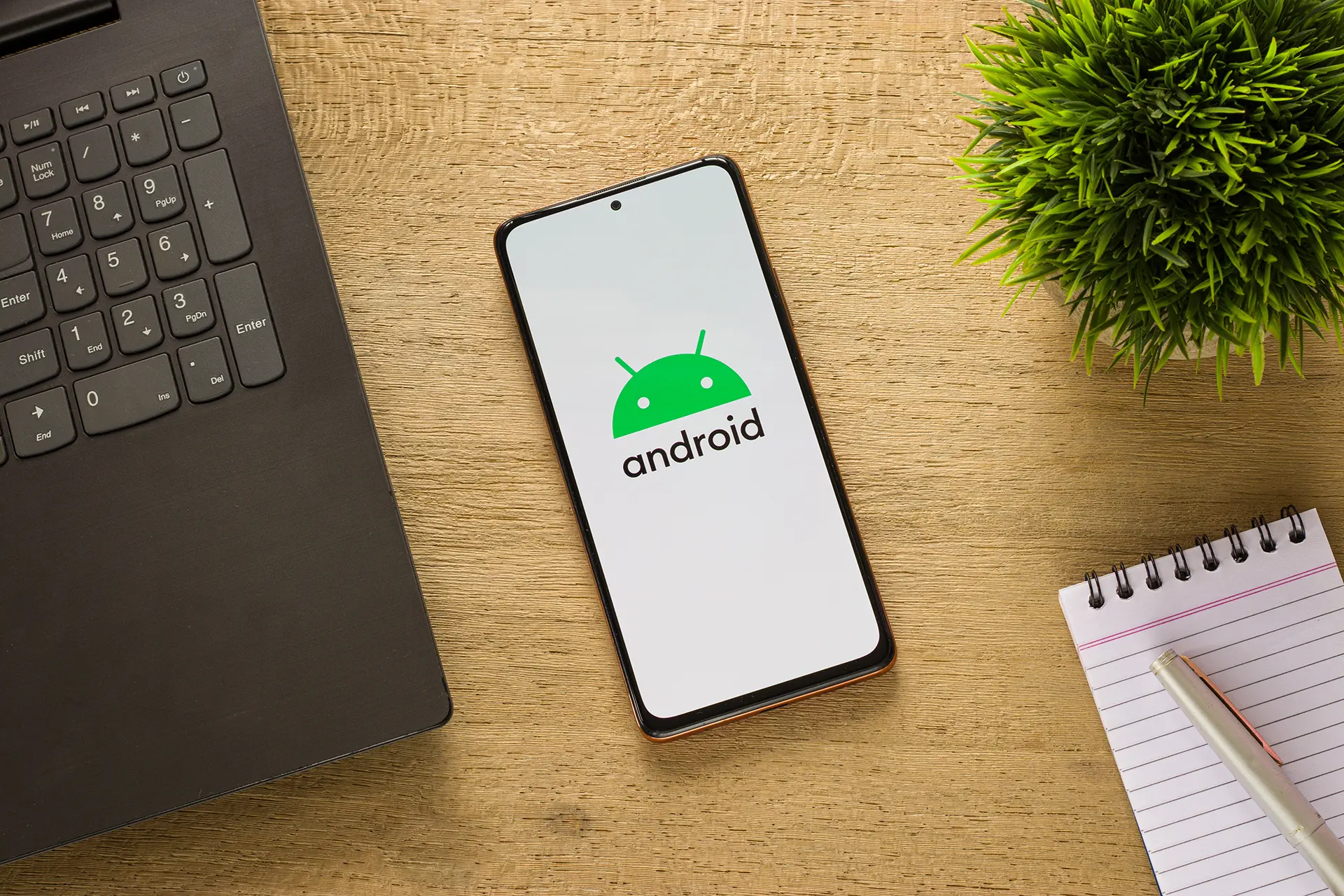Table of contents
- Operating system updates
- Using passwords, PINs, and biometrics
- Two-factor authentication
- Data and app protection
- Safe internet browsing
- Protection against malware
- Network connection management
- Recovering a lost or stolen device
- Three practical examples of security breaches on Android
- Everyday security practices
The security of Android smartphones should be a constant concern for anyone who owns an Android device.
With the increase in cyber criminals and online threats, it is essential to adopt measures to protect your Android devices and personal data.
In this article, we will explore various security procedures for Android phones, helping you keep your device safe and protected.
Operating system updates
Operating system updates are essential to ensure the security of your Android smartphone.
Each update not only introduces new features but also fixes security vulnerabilities that could be exploited by cyber criminals.
To check for updates, go to your device settings, select “System”, and then “System Updates”.
Make sure to always install security updates released regularly to protect your device from new threats.
Use of passwords, PINs, and biometrics
Protecting access to your Android smartphone with a password, PIN, or biometric authentication is very important.
These days we store our entire lives on our phones.
A strong password should contain a combination of letters, numbers, and special characters.
The PIN should be at least six digits.
Using fingerprint recognition or facial recognition adds an additional layer of protection, making it harder for anyone to access your personal data without your permission.
Make sure to configure these options in the “Security” section of your device settings.
Two-factor authentication
Two-factor authentication (2FA) is another effective tool for improving Android security.
In addition to the password, it requires a second verification factor, such as a code sent to your phone or generated by an authentication app.
You can enable 2FA for your Google account and other apps that support this feature, further enhancing the protection of your device.
Apps like Google Authenticator and Authy are excellent choices for managing two-factor authentication.

Data and app protection
Regularly backing up your data to Google Drive is a recommended practice to avoid losing important information.
Additionally, review app permissions in your Android smartphone settings.
Ensure that apps only have access to the data necessary for their functioning.
Consider installing security and antivirus apps such as Avast Mobile Security or Norton Mobile Security to protect your device from malware and other threats.
Safe internet browsing
Using secure browsers like Google Chrome or Firefox can help prevent phishing attacks and other online threats.
Avoid entering sensitive information on unsecured websites, and be cautious of suspicious URLs.
Using VPN networks can provide an additional layer of security, especially when using public Wi-Fi networks.
VPNs encrypt your data, making it harder for malicious actors to intercept your communications.
Protection against malware
Downloading apps only from trusted sources like the Google Play Store is crucial to avoiding malware.
Google Play Protect is an integrated service that scans apps installed on your Android device for suspicious behavior.
Avoid clicking on unknown links or downloading files from unreliable third-party websites. Suspicious apps could be vehicles for malware that can compromise the security of your Android smartphone.
Network connection management
Public Wi-Fi networks can pose a security risk for mobile devices. When possible, avoid connecting to unsecured Wi-Fi networks.
For home Wi-Fi networks, make sure to use a strong password and configure the router to use security protocols such as WPA3.
Use Bluetooth with caution, turning it off when not needed to prevent unauthorized access.
Recovering a lost or stolen device
If you lose your Android smartphone or it gets stolen, Google’s”Find My Device” can help you locate it. This feature allows you to ring your phone, lock it, or erase the data remotely.
After configuring this option in the security settings, you can access the service from any browser. In case of theft, immediately contact the authorities and provide them with the necessary information to track the device.
Three practical examples of security breaches on Android
- Case 1: Malware in third-party apps
One of the most common examples of security breaches on Android devices is installing malware through third-party apps. Imagine downloading a popular game app not from the Google Play Store but from an unofficial website. This app could contain malware that, once installed, begins collecting personal data such as contacts, messages, and bank details. A famous case is the “Joker” malware, discovered in several third-party apps that silently subscribed users to premium services without their consent. - Case 2: Phishing attacks via SMS
Phishing attacks are another common threat to Android security. A user may receive an SMS that appears to be from their bank, asking them to click a link to verify account information. This link actually leads to a fake website designed to look like the bank’s, where the user unknowingly enters their login credentials. This information is then used by cyber criminals to access the user’s actual bank account. - Case 3: Exploiting vulnerabilities in the operating system
Android operating system vulnerabilities can be exploited by hackers to gain access to devices. One example of this type of attack was the “Stagefright” malware, which exploited a vulnerability in Android’s media management system. Hackers could send a simple MMS containing a malicious video; once opened, the malware allowed attackers to access various device data and execute arbitrary code without the user’s knowledge.
Everyday security practices
Protecting the security of Android devices requires a proactive approach. From setting up a secure lock screen to security updates, every measure contributes to safeguarding your personal data and preventing unauthorized access.
Adopting these practices not only protects your Android smartphone but also provides greater peace of mind in everyday use.
FAQ
- Why is it important to update the operating system on my Android smartphone?
Updates fix security vulnerabilities and introduce new features that improve device performance. - How can I create a strong password for my Android phone?
A strong password should include a combination of letters, numbers, and special characters and be at least eight characters long. - What is two-factor authentication, and how can I enable it?
Two-factor authentication requires a second verification factor in addition to the password. You can enable it in your Google account settings or through authentication apps. - How can I protect my personal data on an Android device?
Regularly back up your data to Google Drive, manage app permissions, and use antivirus software to protect your data. - What are the risks of using public Wi-Fi networks?
Public Wi-Fi networks may be less secure and subject to interception, putting your personal data at risk. - What is Google Play Protect, and how does it work?
Google Play Protect is a service that scans apps installed on your device to detect suspicious behavior and protect your smartphone from malware. - How can I set up a secure lock screen on my Android phone?
Go to your device’s security settings and choose from password, PIN, pattern, facial recognition, or fingerprint options. - What should I do if my Android smartphone is stolen?
Use Find My Device to locate, lock, or remotely erase the data, and contact the authorities immediately. - What security apps are recommended for Android phones?
Recommended apps include Avast Mobile Security, Norton Mobile Security, and Google Play Protect. - How can I protect my Android phone from cyber criminals?
Keep the operating system updated, use strong passwords, enable two-factor authentication, and only download apps from trusted sources.
